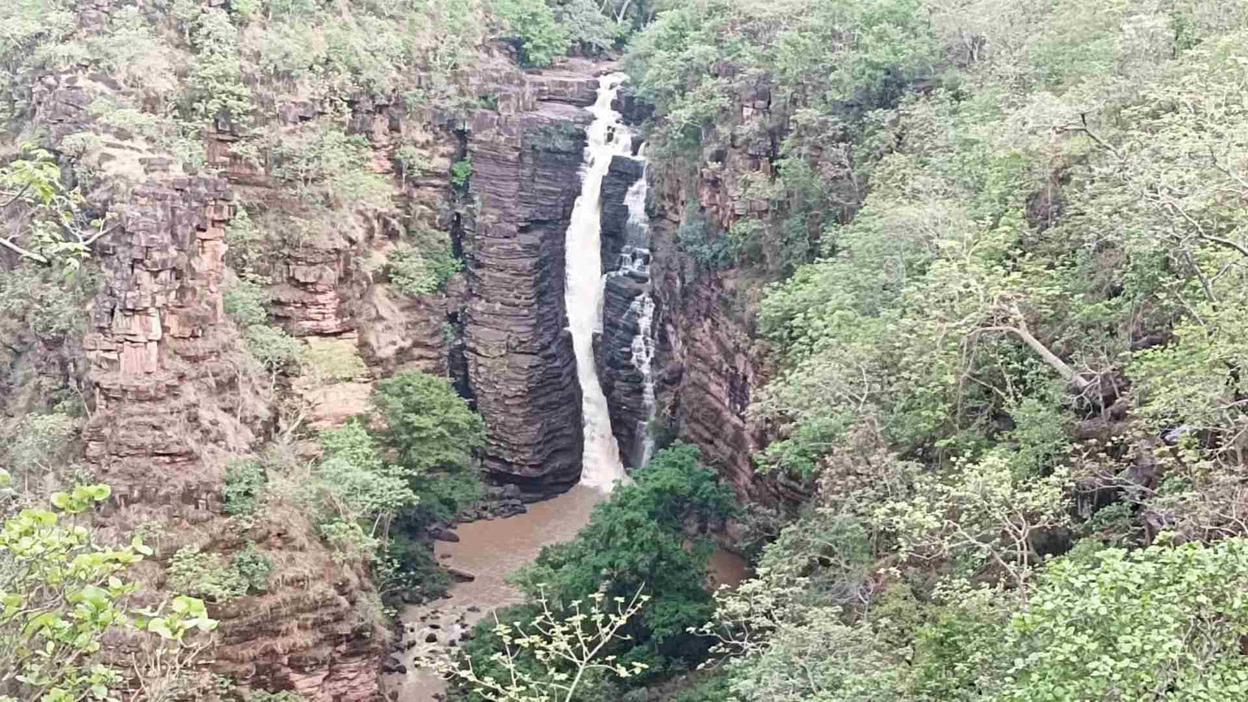
Situated in the Eastern Himalayas, the state of Sikkim is largely recognized for its Buddhist monasteries and natural beauty, as well as the tranquillity of the mountains. However, what is often overlooked is its subdued Christian legacy—a legacy gifted by British missionaries and colonial administrators in the mid-19th and early 20th centuries. A few churches were founded during the British Raj in Sikkim, and these churches provided more than an introduction to Christian architecture; the churches became community centers that perpetuated education and informal intercultural interchanges.
1. St. Thomas Church, Gangtok
St. Thomas Church in Gangtok is one of the oldest churches in Sikkim, built in the British era, and has survived in good condition. Established in the late 1800s, the church served as a refuge for British officials, representatives of Christianity, and a small community of Christian immigrants living in this remote corner of the Himalayas.
The church is designed in a traditional colonial style and its tall arched windows, flat wooden roofs, and the garden area is well-kept. Inside the church, although simple, it captures the charm of an earlier time. The interior has wooden pews, antique chandeliers, and some breathtaking stained-glass windows, all of which depict scenes from the Bible.
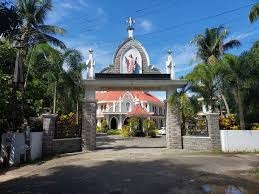
St. Thomas Church remains open and active today, offering Sunday Mass, Christmas carols, and social activity opportunities. The church’s atmosphere and its beautiful view of Gangtok valley create not only a space for worship but a quiet retreat as well.
2. St. Mary’s Cathedral, Gangtok
Constructed in the early decades of the 1900s, St. Mary’s Cathedral is among the most important Christian heritage sites in Sikkim. The church was established towards the end of the British Raj, during which time Christian missions were becoming established in Northeast India.
The cathedral demonstrates a stunning synthesis of British architecture and Sikkimese craftsmanship with “neo-Gothic” architecture. The stained-glass windows are a visual treat, depicting episodes of the life of Christ in colorful tones. The church compound also houses a small missionary school that educates children in the local community, continuing with the idea of social service started in colonial times.
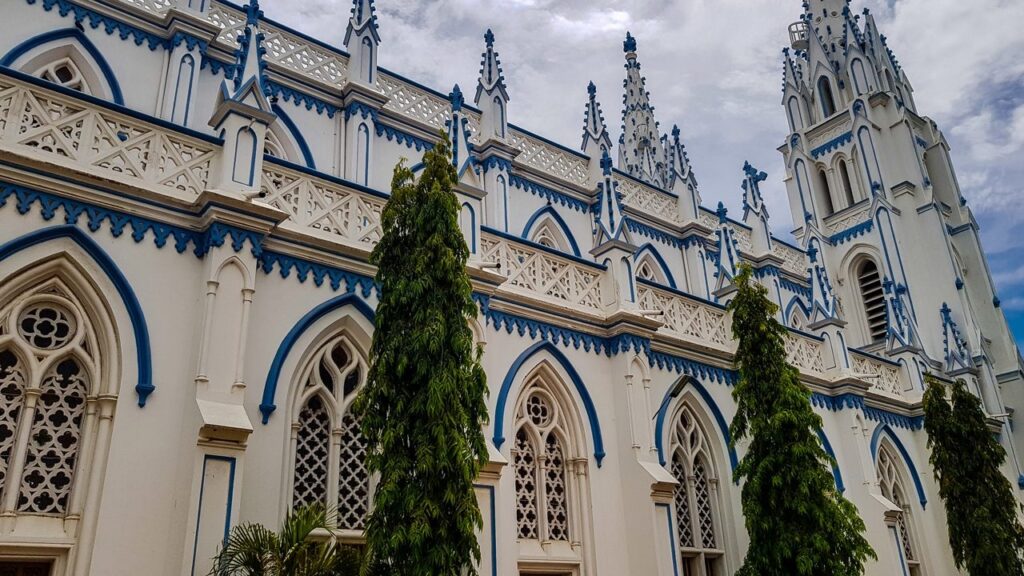
Even in current time, St. Mary’s Cathedral is the center of Christian worship in Gangtok. At Christmas and Easter, the church is beautifully decorated, and choral performances and candlelight rituals appeal to visitors of all backgrounds.
3. St. Xavier’s Church, Pakyong
Jesuit missionaries who came to Sikkim during British colonial rule established St. Xavier’s church in Pakyong, next to a small school to help with reading, writing, and moral education for locals. The architecture is simple British-style stone construction with a sloped tin roof, which is perfect for the heavy rains and slope of the hills.
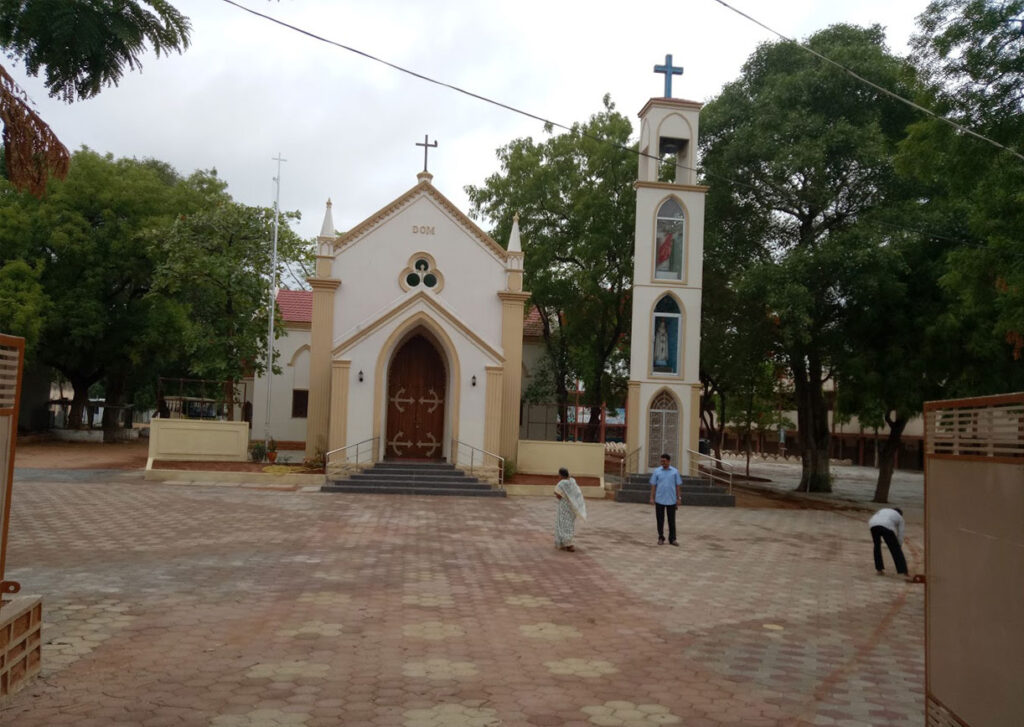
Inside, the church is vintage — the wooden interior, hand-carved crosses, and candle-lit altar give a sense of devotion and history. St. Xavier’s is open today for Sunday services, weddings, and seasonal religious events. The site of the church has breathtaking views of the valleys that surround it, making it spiritually enchanting.
4. St. Paul’s Church, Namchi
Located in the tranquil town of Namchi, St. Paul’s Church is yet another remnant of the colonial period, built with the help of Christian missionaries from Darjeeling and Kalimpong who had already been influenced by British rule. The style of St. Paul’s Church is characteristic of Anglican architecture — a simple, yet elegant building, with a tall steeple and arched wooden doors.

It was an anchor of early community life for Christian settlers and continues to be a church in the region for worship. Set between pine forests, with views of the distant Kanchenjunga Mountains, the church has a peaceful ambiance. Many visitors describe their experience there as a perfect combination of spirituality, nature, and colonial history.
5. St. Francis of Assisi Church, Rangpo
Situated near the border of Sikkim and West Bengal, St. Francis of Assisi Church was built in the late British Raj period to serve travelers and workers moving across Siliguri, Kalimpong and Sikkim. Its location made it a popular rest stop for missionaries and colonial officials alike. The church architecture is simple, yet there is an elegance to the high ceilings, stone walls, and natural light through large windows.
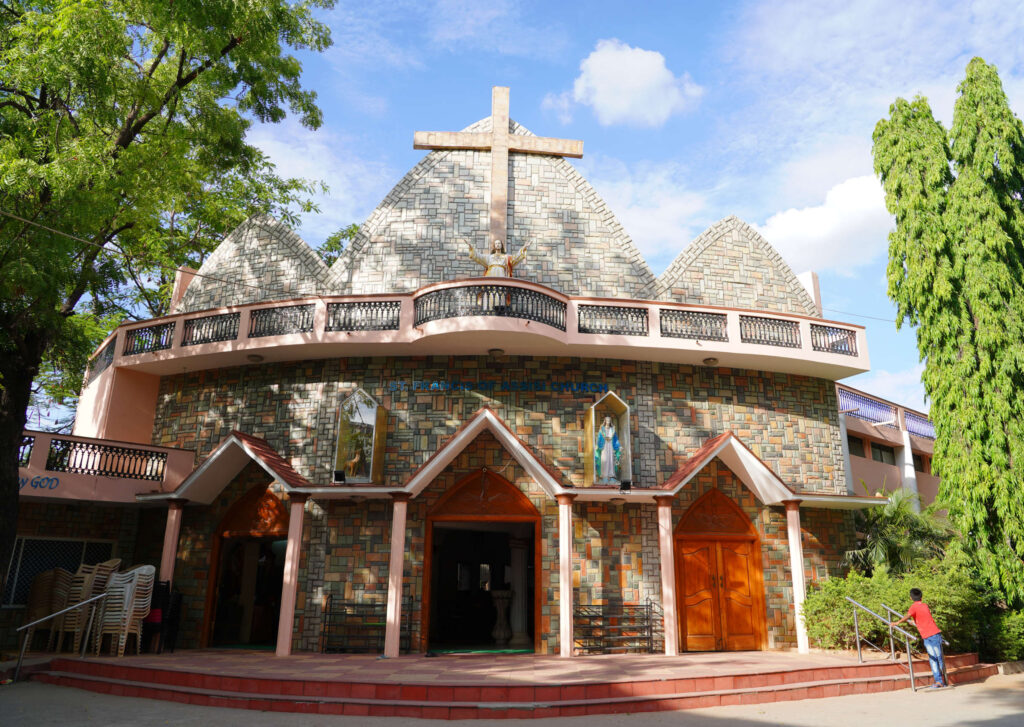
Today St. Francis has an active congregation that hosts regularly scheduled prayer meetings, youth retreats, and programs for social welfare. The church’s longevity is a testament to the spirit of inclusion that Christianity brought in a shared cultural landscape in Sikkim.
Conclusion
The historical churches of Sikkim—St. Thomas Church, St. Mary’s Cathedral, St. Xavier’s Church, St. Paul’s Church, and St. Francis of Assisi Church—are living reminders of the colonial past, the missionary background, and the spiritual diversity of the state. Built during the times of the British Raj, these places of worship are still alive with hymns, spirituality, and tradition today. Whether passing by for spiritual consolation, architectural aesthetics, or cultural wandering, these churches in the Himalayan hills of Sikkim, and each visitor felt, history and harmony can gently balance in the lap of nature.


